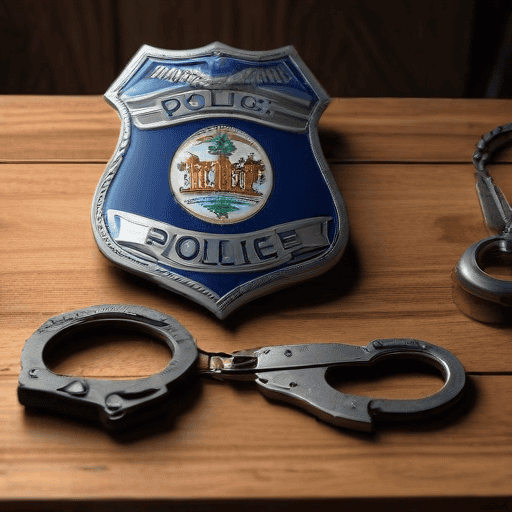The recent incident involving a man who allegedly scaled a telecommunications tower to access a site containing $2 billion worth of methamphetamine has reignited the debate over whether police forces should be armed. Acting Deputy Police Commissioner Sakeo Raikaci emphasized the need for risk assessments to evaluate the effectiveness of armed officers in securing dangerous evidence.
During the incident, the suspect was captured tampering with CCTV cameras aimed at the drug containers. Raikaci stated his personal opposition to equipping police with firearms, suggesting that the necessity for weapons should depend on the level of threat assessed. If deemed a high risk, he indicated that discussions with higher authorities would be needed to determine the next steps.
The 2006 removal of weapons from the Police Tactical Response Unit by the Fiji Military Forces is a significant historical context for this current dialogue. It raises the question of vulnerability in police operations and how best to address rising criminal threats without compromising the safety of the public.
The debate around this crucial issue is not merely about arming police; it encompasses broader considerations including gun control measures, training, and community policing aimed at de-escalation rather than direct confrontation. As discussions progress, attention must also be focused on adequately equipping law enforcement to effectively manage serious threats within a framework that aligns with community expectations and legal standards.
This moment serves as a critical opportunity for potential police reform in response to high-risk crime while ensuring the safety of both citizens and officers. The challenges will be complex, but now is a pivotal time to engage in these conversations.
Overall, the situation exemplifies the delicate balance between ensuring public safety and addressing the evolving nature of crime, which highlights the importance of thoughtful deliberation on the future of policing strategies.

Leave a comment